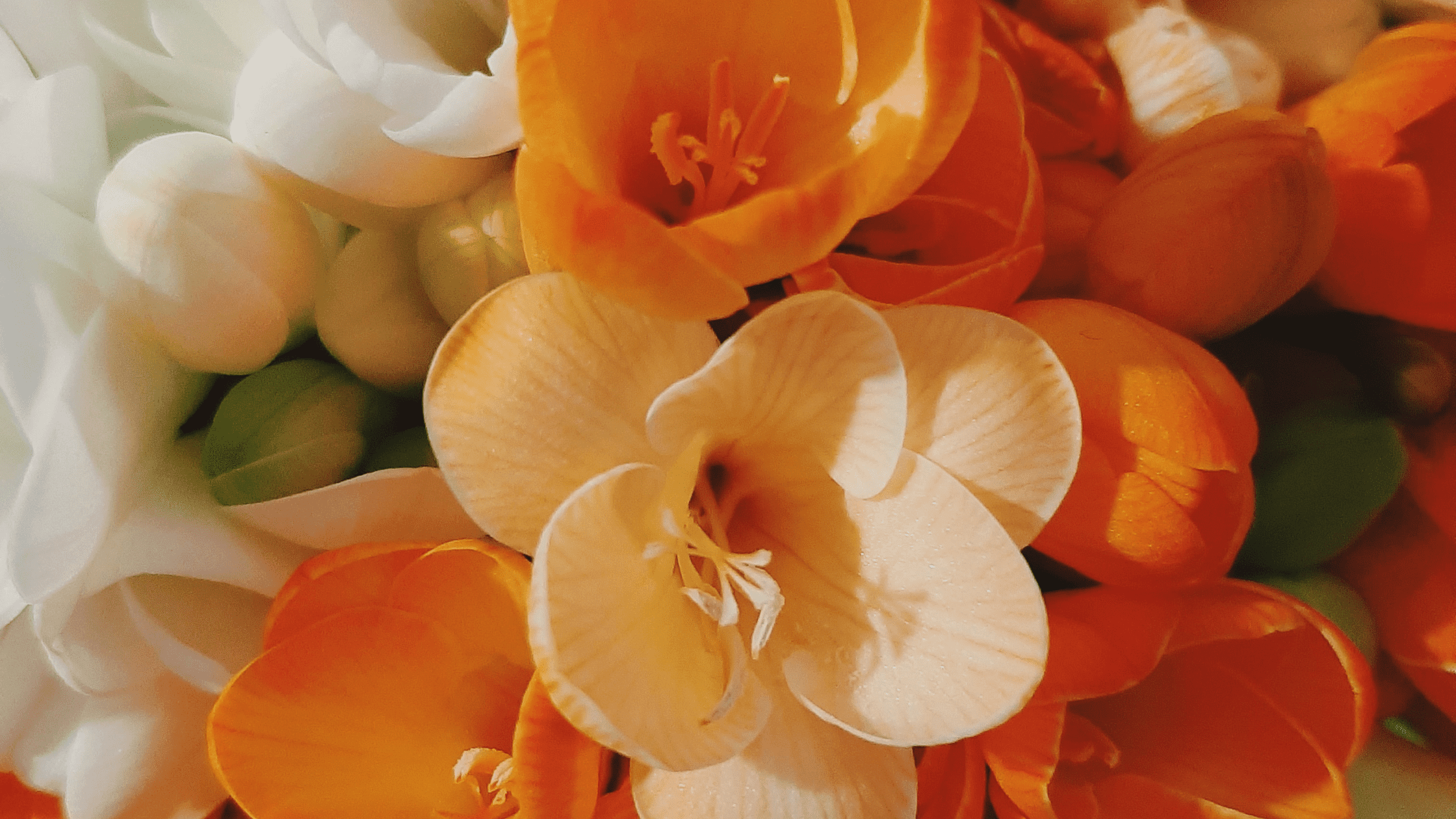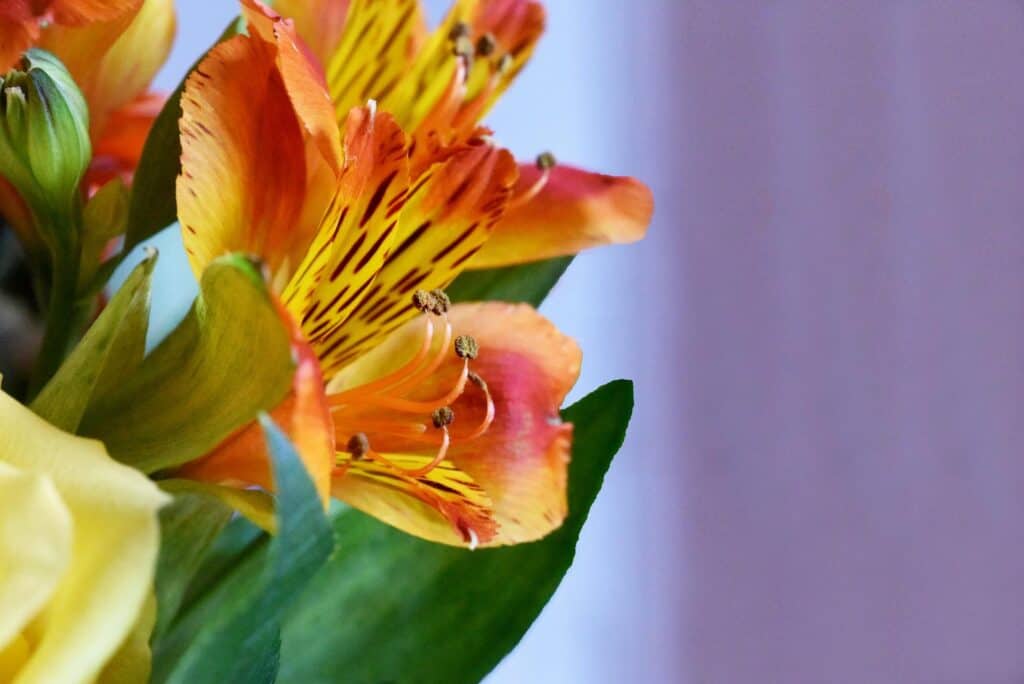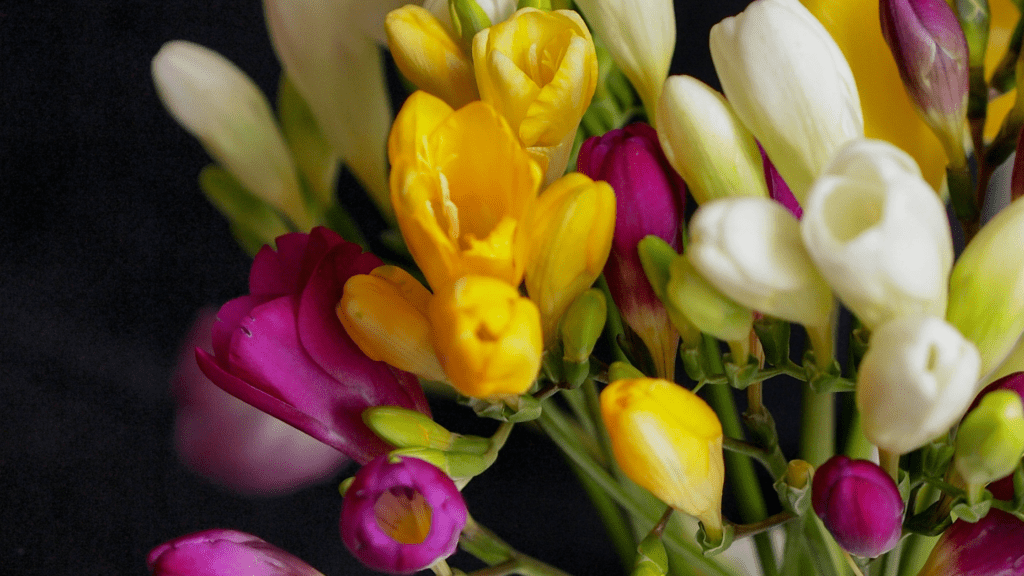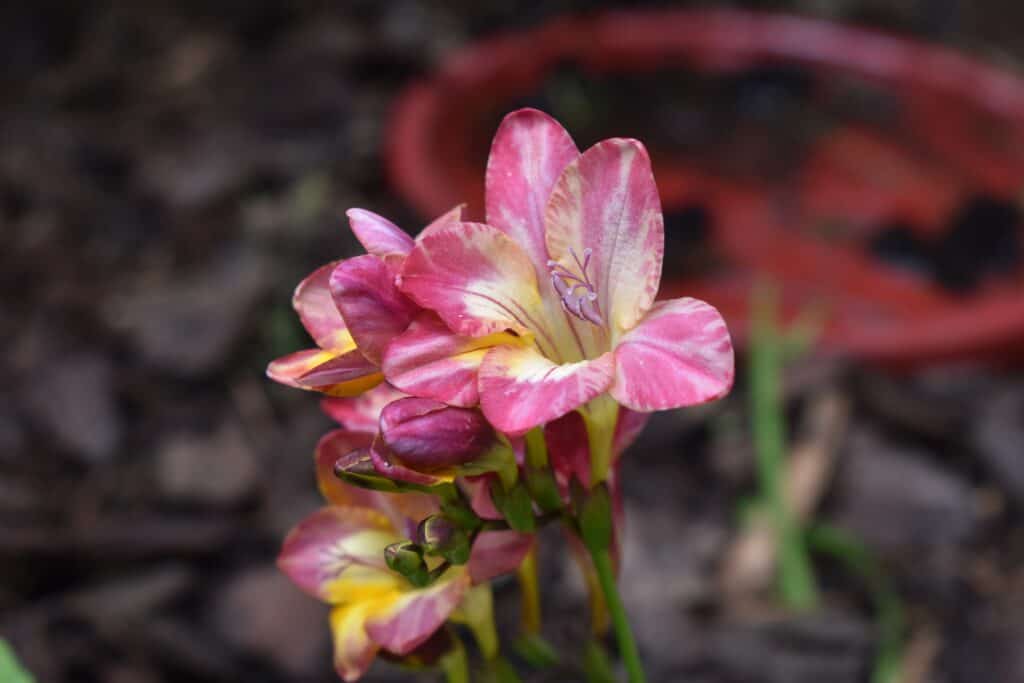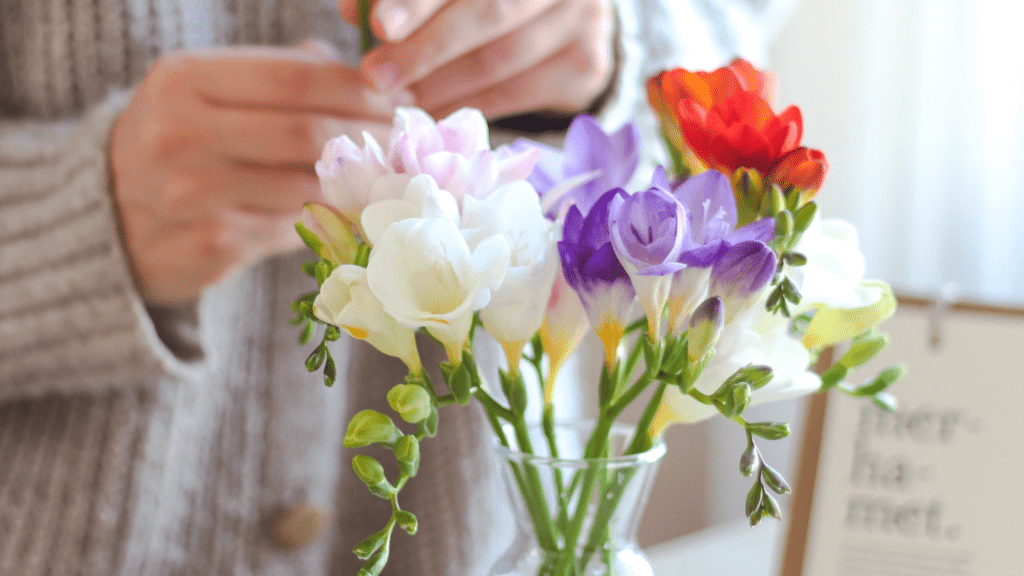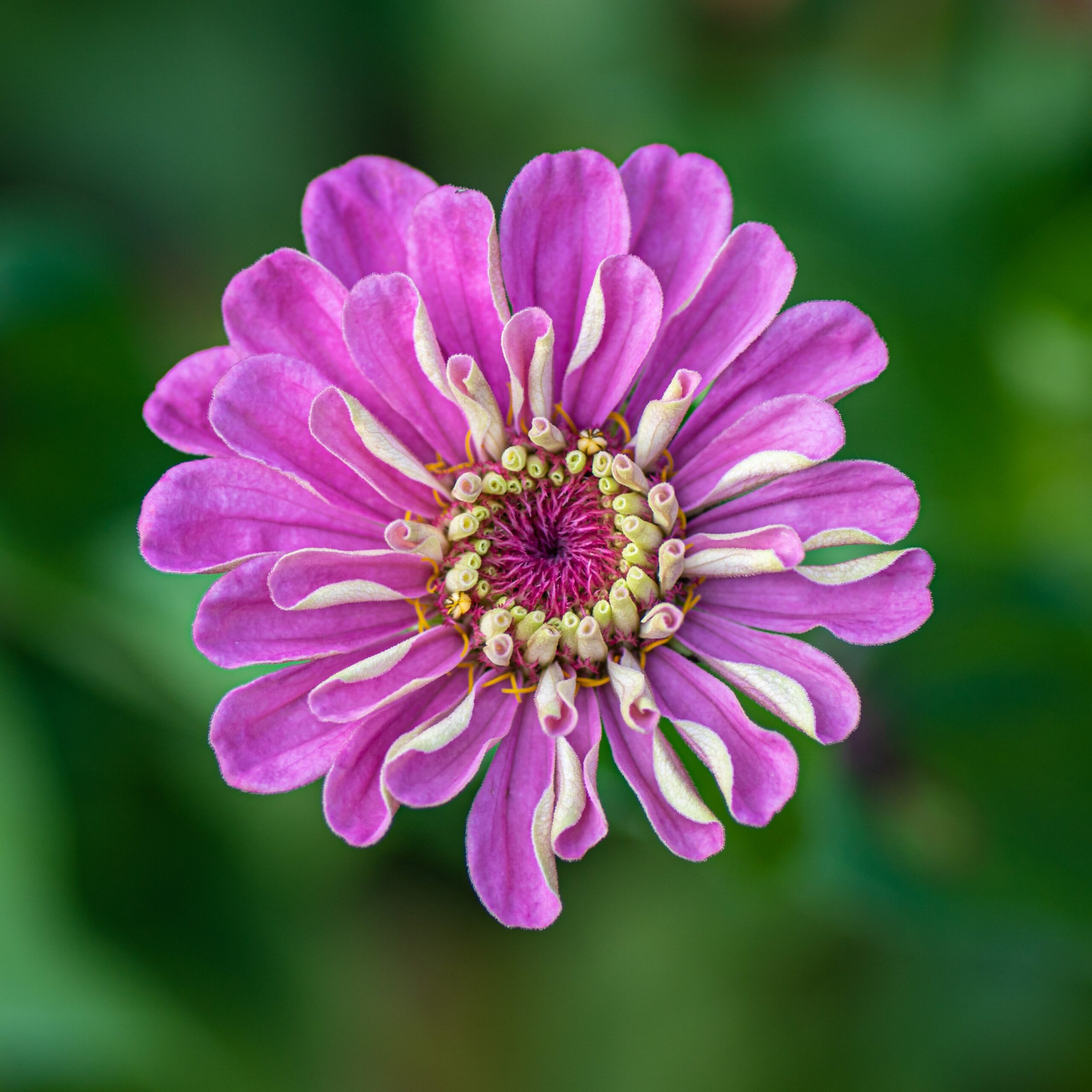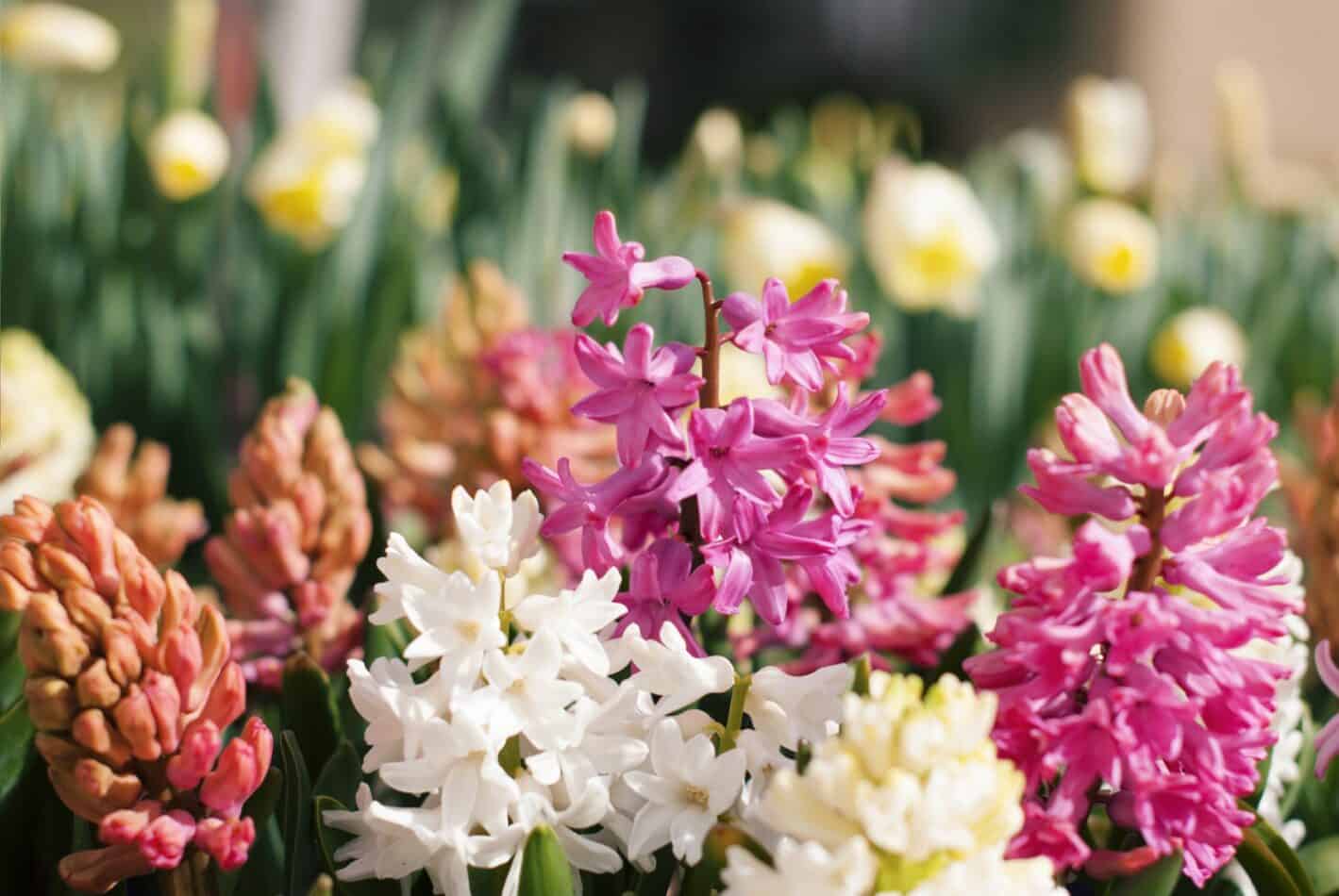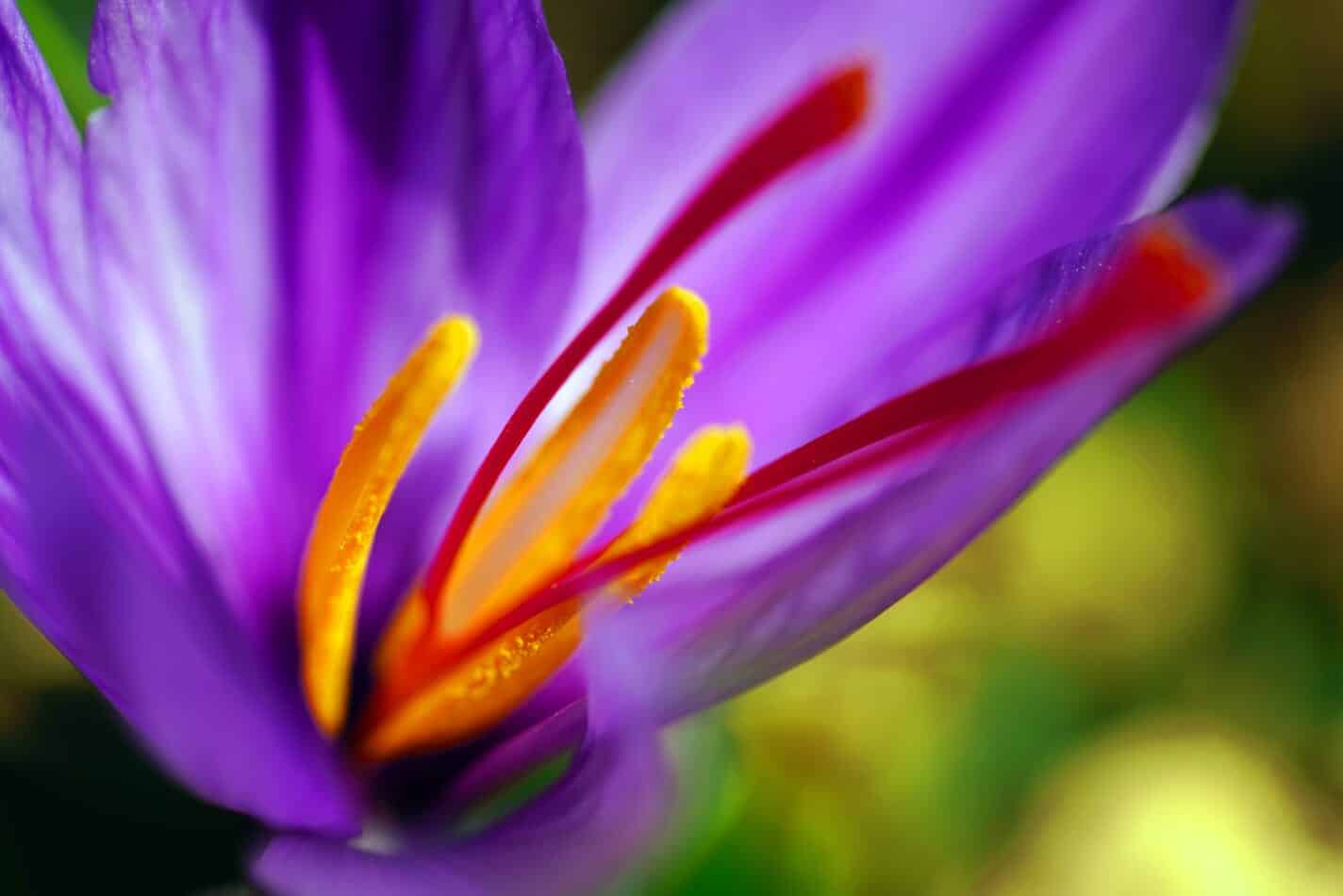If you are wondering how easy it is to care for freesia, the simple answer is very easy. This plant requires little care once established. Water regularly and fertilize every two weeks.
Freesia is a beautiful plant that grows well indoors or outdoors. It has long leaves and produces colorful flowers. This plant is perfect for adding color to your home. The plant originated in South America and was brought to Europe during the 16th century.
Freesia comes from the Latin word “frescis,” meaning freshness. The flower has been used for centuries to symbolize purity, innocence, and love. It was often given to brides on their wedding day. Nowadays, freesias are widely grown all over the world. They are easy to care for and have lots of interesting uses. Learn more about freesias today!
How to Care for Freesia
The freesia plant is one of the most popular cut flowers worldwide. This beautiful flower is best known for its long-lasting blooms and fragrant scent. However, it does take some special care to grow successfully. Here is everything you need to know about caring for freesias.
- Light
A freesia plant needs around 10 hours of full sun per day. You can try growing one indoors under artificial lighting if you live in a shady area.
- Soil
Freesia plants are known for their long blooming season, but it takes some special care to ensure you don’t kill your flowers before they bloom. Healthy soil is key to growing freesias successfully. For best results, use a mixture of peat moss and sand mixed. If you live in an area where there isn’t enough rain, consider adding a layer of mulch around the plant to help keep moisture levels up.
- Water
Freesias like to be kept moist at all times. Watering should occur every two or three days during the spring and summer. During winter, water once a week. You can also mist your freesia with water from time to time if needed.
- Temperature and Humidity
Freesia needs a temperature between 55°F and 65°F during the day and around 50°F at night. You can grow freesias indoors, but it’s best to plant them outside in the full sun. If you live in a cold climate, keep them protected from frost. During the winter months, bring them inside at night. They don’t like temperatures below 45°F.
Pruning
When you buy freesias, you’ll notice that each one looks different. Some look like roses, others look like lilies, and others look like sunflowers. Each type of freesia grows differently. So, if you see a bunch of freesias that look like roses, you know what you’re getting.
You can cut off the dead parts of the stem. This lets the rest of the stem grow longer.
Cutting off the bottom part of the stems makes the flowers grow taller.
Remember to trim back the foliage. Cut off the old leaves. Then cut down to the green leafy area.
Propagating Freesia
Dig up the bulbs in the autumn or winter to propagate new plantings. Propagate freesias in late spring or early summer by digging up the bulbs, replanting them in a rich potting mix, and waiting about a year before expecting flowers to bloom.
Potting and Repotting Freesia
The freesia is one of my favorite plants because it blooms continuously throughout summer. This makes it easy to grow indoors or out. If you live in a warm climate, it’s best to plant your freesias in containers outdoors. You can keep them inside during winter, but they won’t bloom either. You can take advantage of the spring thaw in colder climates and plant them outside.
You can use either peat moss or perlite as potting soil. Both work fine, but I prefer peat moss because it holds moisture better. Peat moss is available at most garden centers and nurseries.
When planting freesias, fill the container about half full. Add some fertilizer to the soil. Then add six to eight bulbs, depending on how big they are. Space the bulbs evenly around the pot. Don’t overcrowd them. Freesias require lots of water while they’re growing. During the first few weeks, water daily. After that, water every two days. Keep the soil dry out completely. When the foliage starts to wilt, water again.
While freesias are still young, fertilize once a month. Use a slow-release fertilizer such as 10-10-10. Apply the fertilizer directly to the roots, not the leaves. Fertilizer helps promote root growth and keeps the flowers looking healthy.
After the freesias start to flower, give them another dose of fertilizer. This encourages the blossoms to continue producing seeds. Once the seed pods form, cut off the stems and discard them. Keep watering the plants regularly.
Common Pests/Diseases
There’s no need to worry about pests when you have freesias. The only pest that bothers freesias is aphids. Aphids suck sap from the leaves. To get rid of aphids, spray with insecticidal soap.
Freesias don’t usually suffer from diseases. However, you should be aware of the following:
- Black spot – A fungal disease that causes black spots on the leaves. It doesn’t affect the quality of the flowers. Remove infected leaves immediately.
- White rot – A bacterial disease that affects the leaves. Leaves turn yellow and fall off. There’s no cure.
- Powdery mildew – A fungus that grows on the underside of the leaves. It looks like white powder. Spray with fungicide if necessary.
- Leaf curl – A virus that attacks the leaves. Symptoms include curled leaves and stunted growth. Destroy infected leaves.
- Mosaic – A viral disease that produces small mottled areas on the leaves. Infected leaves will eventually die.
- Cercospora leaf spot – A fungal infection that appears as brownish spots on the leaves. Spraying with fungicide may help prevent this problem.
- Root rot – A fungal disease caused by Phytophthora. Roots rot and die. Cut back affected plants and remove any dead parts.
- Crown gall – A bacterial disease that forms tumors on the stem. Prune away affected branches.
- Anthracnose – A fungal disease is causing dark spots on the leaves. Remove infected leaves.
What we love from Amazon this week
Buy these wonderful flowers directly from Amazon:


